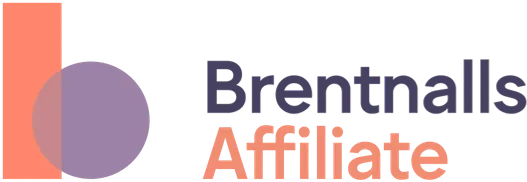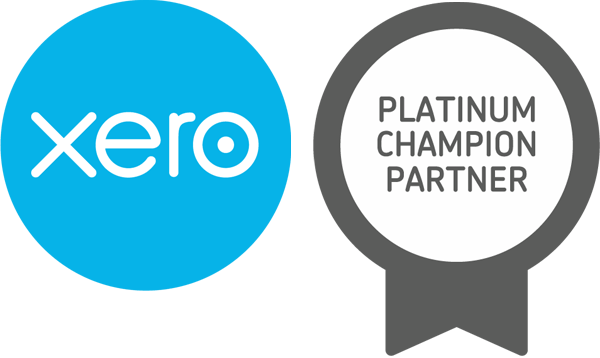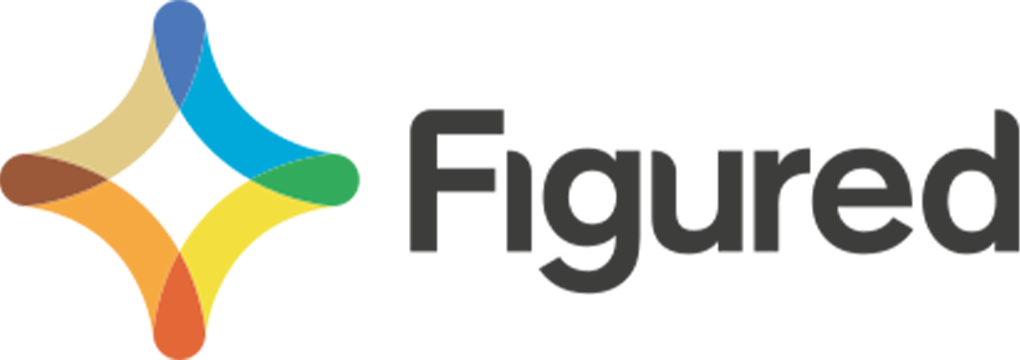Cashflow Forecasting
Cashflow forecasting is critical for small businesses.
What is it?
Cash flow forecasting is a method of predicting cash inflows and outflows to see how much money you’ll have in the future. It provides a window into your business’s financial health and can help plan spending.
A cash flow forecast is in contrast to a cash flow statement. A statement focuses on past cash flows; a forecast predicts the future. It’s essential that you understand your cash flow cycle, which boils down to whether you’ve got more money coming in than going out. If you have more cash going out, you must address it quickly.
Staying on top of your business cash flow helps you pay bills on time and helps ensure you can pay yourself. When costs are rising (as per the current climate), it becomes even more imperative that businesses get their cash flow management right, and cash flow forecasting is one way to do it.
Benefits
The benefits include:
- spotting cash shortages and giving you time to work on contingency plans, whether delaying spending, requesting extra credit from suppliers, or securing a business loan.
- assessing the affordability of your growth plans – for example, they can show if there will be enough money to buy new tools or hire a new employee.
- ensuring you have enough money to pay you, the business owner!
- identifying quickly if expenses are climbing or income is slumping.
- highlighting fixable cash flow problems such as slow-paying customers, impractical payment terms, seasonal cycles, or over-reliance on high-cost finance.
Key Components
The key components are –
- starting position (cash in the bank).
- expected cash in (hopefully mostly from sales but may also be from loans or sales of assets).
- expected cash out.
- net cash flow shows if cash reserves have grown or shrunk.
- closing balance.
How often?
- Businesses can do cash flow forecasting for any timeframe and duration. As you might imagine, it gets harder to accurately predict incomings and outgoings the further into the future you go. But whatever range you choose, it’s a good idea to keep refreshing your forecast.
- If you run a 12-month forecast, for example, with a column for each month, you might refresh it at the end of each month. Drop the last month off, add another month to the future, and check all the forecasts in between to see if anything needs updating.
Ways to increase profitability
For most businesses, the easiest way to improve profits isn’t landing the next big client. Instead, it’s improving the little things, such as:
- Increasing prices by a small margin, such as 5% or in line with CPI.
- Collecting money owed to you faster.
- Checking that you’re not paying too much for overheads like power, the Internet and office supplies. These can be small amounts, but they add up over time.
- Look to renegotiate some of your earlier agreements.
Monitoring of cashflow and staying mindful of your ins and outs can bring positive changes to your business and gets you working on your business instead of in it. If you need any help establishing a process or need some accountability CoggerGurry can assist you with this process. Contact us now to get started on your cashflow forecasting journey.









